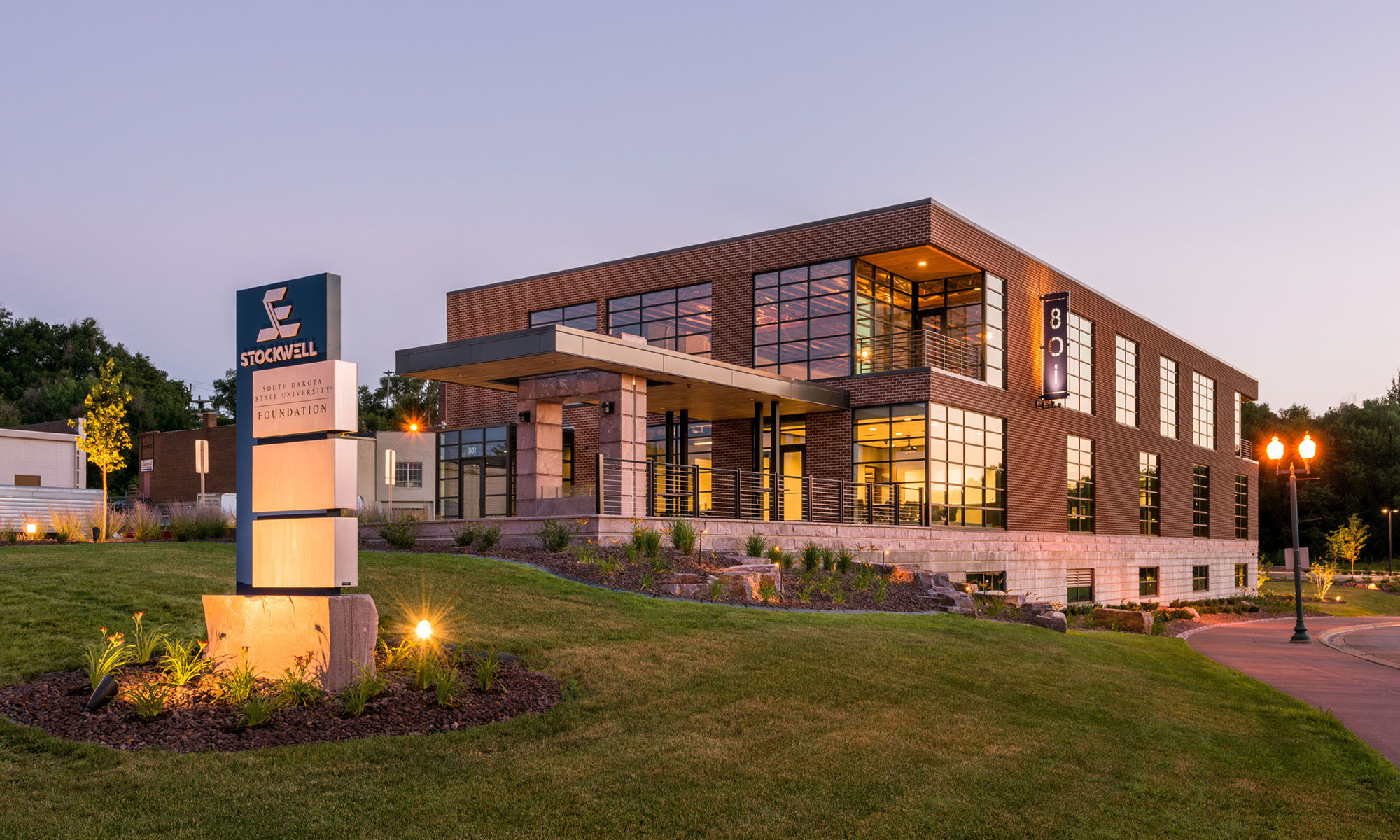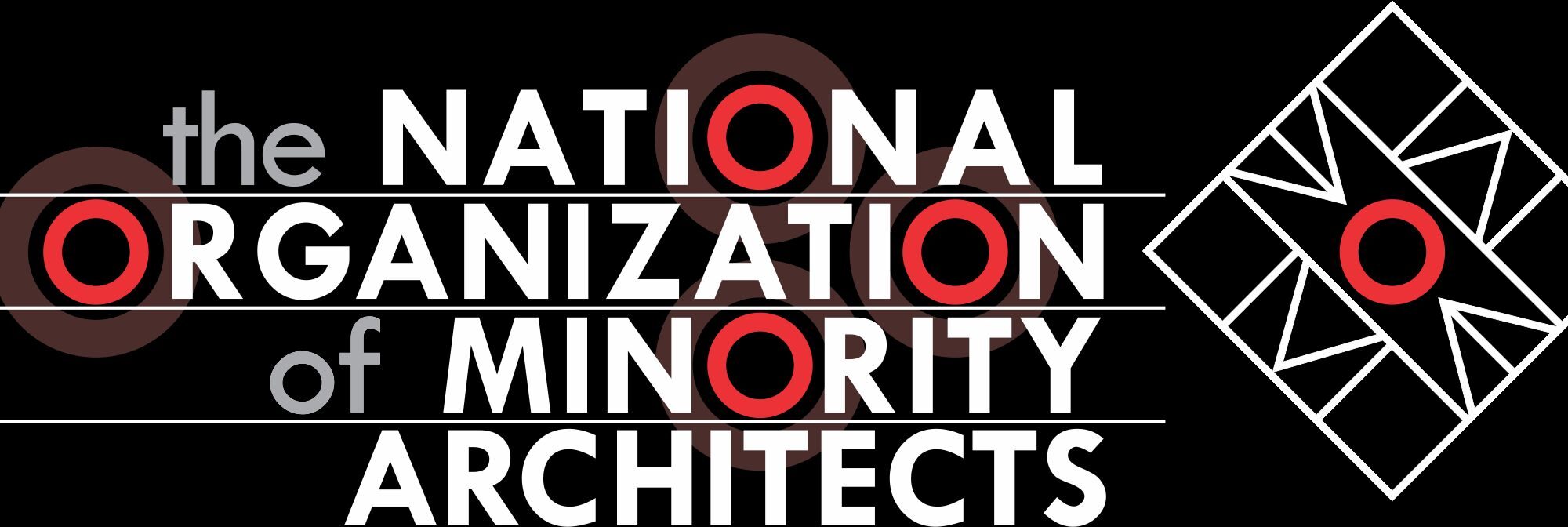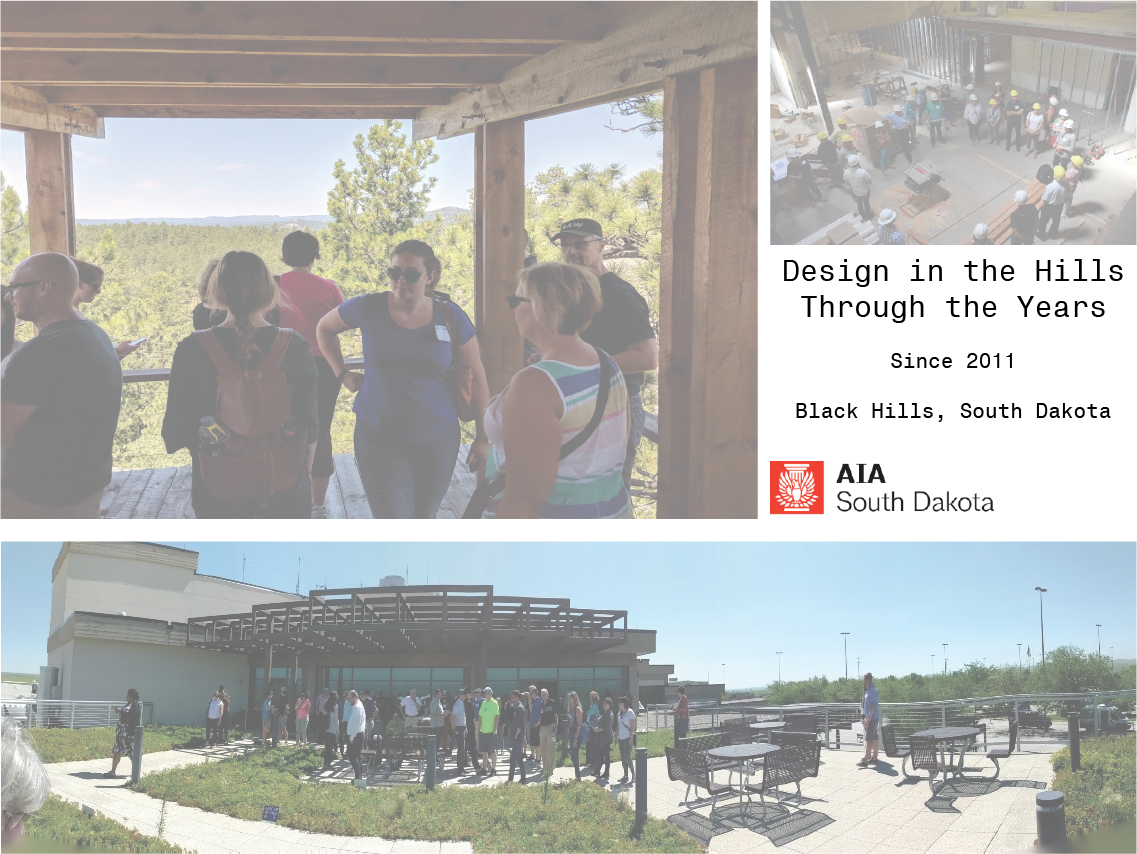With rapid population growth developers, designers, contractors, and finance are at work to provide adequate housing supply. Housing is required to facilitate the recruitment and retention of the influx of the workforce. Yes, housing is in high demand. Yes, we need to accommodate the influx. But – are we planning for the long-term impact …
Continue reading “AFFORDABLE HOUSING | A cyclic conversation without resolution “



